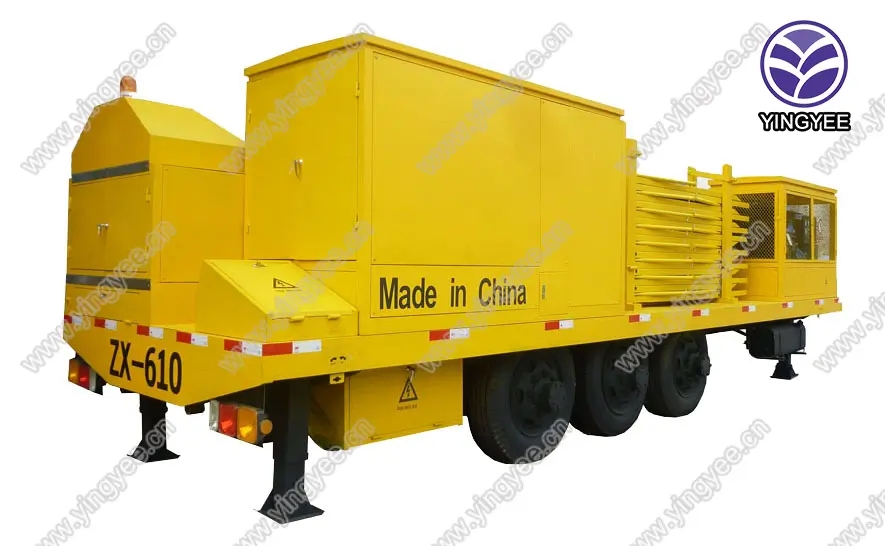
The Versatility and Efficiency of Pipe Roll Forming Machines
In the world of manufacturing, efficiency and precision are paramount. The pipe roll forming machine has emerged as an indispensable tool in various industries, providing a reliable method for producing high-quality pipes and tubes with diverse applications. This article explores the fundamental aspects of pipe roll forming machines, their operational principles, advantages, and applications.
Understanding Pipe Roll Forming Machines
At its core, a pipe roll forming machine is designed to transform flat metal strips into cylindrical pipes through a series of bending processes. The machine consists of a series of rollers that progressively shape the metal as it passes through. This continuous process allows for high-speed production of pipes, with dimensional accuracy and surface finish that meet strict industry standards.
How It Works
The operation of a pipe roll forming machine begins with uncoiling a flat metal strip, which is then fed into the machine. The metal strip is guided into a series of rollers, each strategically positioned to apply specific bending angles. As the strip passes through these rollers, it gradually takes on a cylindrical shape.
The forming process usually involves several stages, including
1. Aligning The metal strip is aligned accurately to ensure consistent shaping. 2. Bending Rollers create the desired curvature, shaping the strip into a round form. 3. Welding (if applicable) In some designs, the edges of the strip are welded together using high-frequency welding or laser welding techniques to create a sealed pipe. 4. Sizing The formed pipe is then passed through sizing rollers to achieve the exact diameter and wall thickness as specified.
This continuous process allows manufacturers to produce pipes at high speeds, ensuring reduced production time and labor costs
.
Advantages of Pipe Roll Forming Machines
One of the primary benefits of using a pipe roll forming machine is its efficiency. Compared to traditional methods, roll forming can significantly decrease the amount of scrap material produced, thus enhancing cost-effectiveness. Additionally, because the forming process is continuous, manufacturers can enjoy a streamlined workflow and higher throughput.
Another significant advantage is the ability to produce pipes with varying wall thicknesses and diameters. This flexibility makes roll forming machines suitable for a wide range of applications, from structural components in construction to automotive parts and even intricate designs used in decorative applications.
Moreover, pipe roll forming machines are often equipped with advanced control systems that ensure precision in every single piece produced. This technological advancement allows for real-time monitoring and adjustments, minimizing the risk of defects and ensuring high-quality output.
Applications Across Industries
The versatility of pipe roll forming machines extends to various sectors, including
- Construction Used for making scaffolding, frames, and structural tubes required in building projects. - Automotive Production of pipes and tubes for exhaust systems, chassis components, and other structural elements. - Energy Used in the manufacture of pipes for oil and gas distribution and renewable energy applications. - Home Appliances Creation of piping systems for HVAC units, refrigerators, and other appliances. - Furniture Producing tubular frames and components for a variety of furniture styles.
Conclusion
Pipe roll forming machines represent a pinnacle of engineering precision and efficiency. As industries continue to evolve, the demand for high-quality pipes and tubes will only grow, making these machines essential in modern manufacturing. By streamlining production processes and allowing for customization, pipe roll forming machines not only enhance productivity but also ensure that manufacturers can meet the diverse needs of their clients. Whether in construction, automotive, or any other sector requiring tubular products, these machines are truly a cornerstone of modern manufacturing techniques.